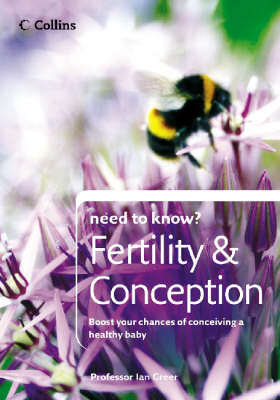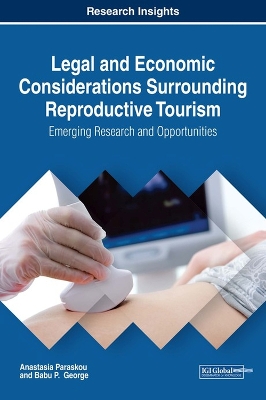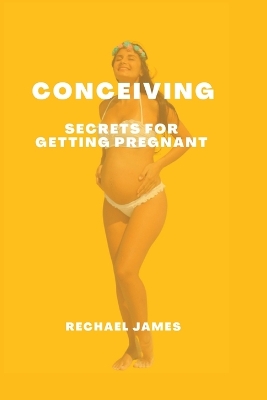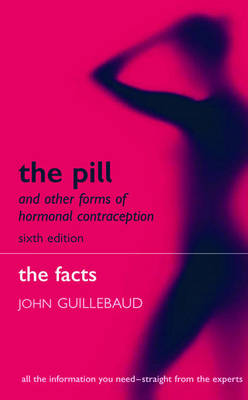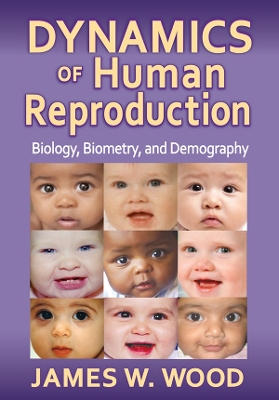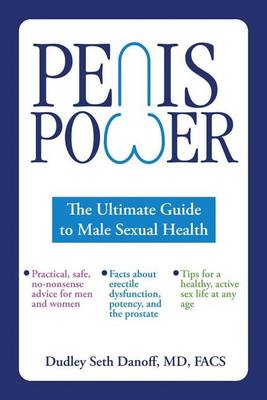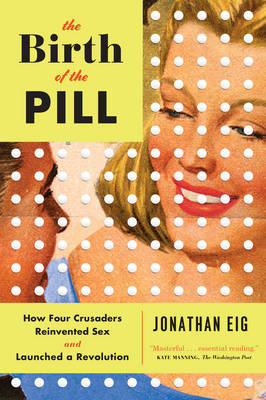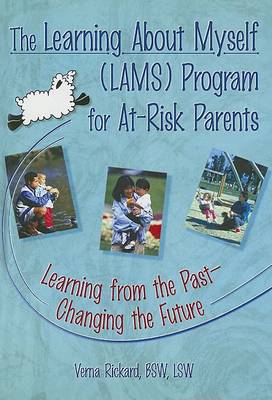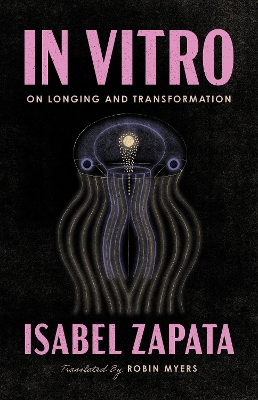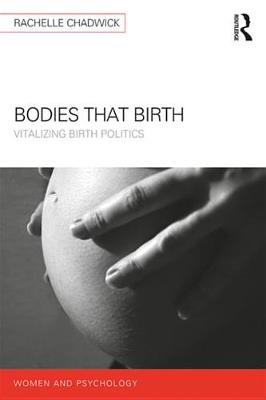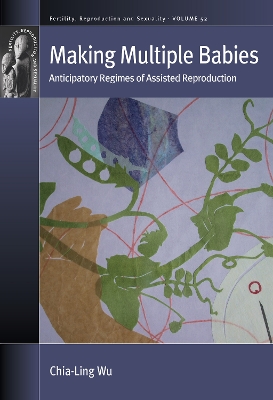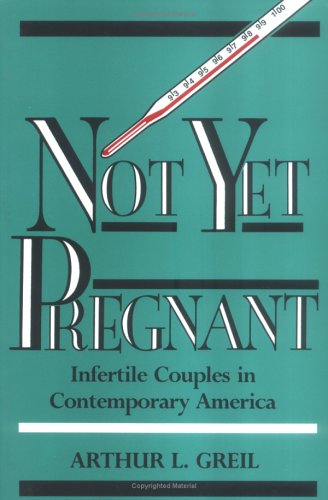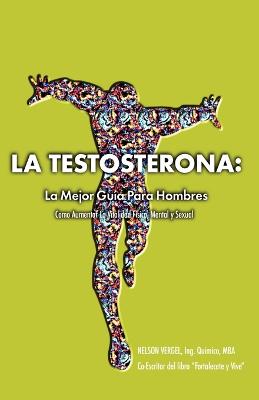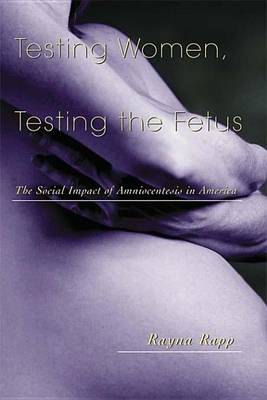Fertility and Conception (Collins Need to Know?)
by Professor Ian Greer
This one-stop practical guide will show you how to maximise your chances of having a baby. To make your progress easier, it comes in a handy two-colour format with expert tips and advice througout. Ian Greer has spent his career working with couples trying to conceive and knows exactly the kind of questions they want to know answers to: from the small ones, like 'Is it okay to have a bikini wax?' to the big ones, like 'How do we know which of these treatments is most likely to work for us?' In...
Unfruchtbarkeit als Folge unnatürlicher Lebensweise (Grenzfragen Des Nerven- Und Seelenlebens)
by Hermann Et Stieve
Dieser Buchtitel ist Teil des Digitalisierungsprojekts Springer Book Archives mit Publikationen, die seit den Anfängen des Verlags von 1842 erschienen sind. Der Verlag stellt mit diesem Archiv Quellen für die historische wie auch die disziplingeschichtliche Forschung zur Verfügung, die jeweils im historischen Kontext betrachtet werden müssen. Dieser Titel erschien in der Zeit vor 1945 und wird daher in seiner zeittypischen politisch-ideologischen Ausrichtung vom Verlag nicht beworben.
Legal and Economic Considerations Surrounding Reproductive Tourism
by Anastasia Paraskou and Babu P George
Overall, medical tourism has become a robust industry, due to fluctuating health costs in many developed countries. One of the most popular services experiencing a rise as a result of this tourism is assisted reproduction. Legal and Economic Considerations Surrounding Reproductive Tourism: Emerging Research and Opportunities is a pivotal resource that examines the rise in foreign procreative healthcare. Highlighting relevant topics such as assisted reproductive technologies, healthcare manageme...
The Pill and Other Forms of Hormonal Contraception (The Facts)
by John Guillebaud
The sixth edition of this popular handbook is still the only book to give comprehensive information - with no fudging on the unwanted side effects - about the Pill and related hormonal methods of contraception. The author, an experienced prescriber and trusted medical author, writes in a clear and accessible way, 'He believes strongly in women's autonomy: 'the user is always the chooser''. During the 40 years since the Pill was first marketed, much more money has been spent researching its safet...
Dynamics of Human Reproduction (Foundations of Human Behavior)
by James W. Wood
Awarded the W. W. Howells Award for the Outstanding Book in Biological Anthropology, this volume presents a comprehensive, integrated, and up-to-date overview of the major physiological and behavioral factors affecting human reproduction. In attempting to identify the most important causes of variation in fertility within and among human populations, Wood summarizes data from a wide range of societies. Trained as an anthropologist as well as a demographer, he devotes special attention to so-call...
We know it simply as "the pill," yet its genesis was anything but simple. Jonathan Eig's masterful narrative revolves around four principal characters: the fiery feminist Margaret Sanger, who was a champion of birth control in her campaign for the rights of women but neglected her own children in pursuit of free love; the beautiful Katharine McCormick, who owed her fortune to her wealthy husband, the son of the founder of International Harvester and a schizophrenic; the visionary scientist Grego...
The Learning About Myself (LAMS) Program for At-Risk Parents: Learning About the Past--Changing the Future presents a basic, hands-on, weekly curriculum based on the concept of “Learning About Myself” that helps change participants’lives from hopeless and helpless to confident and self-assured. Social workers, counselors in public and private agencies, clinical psychologists, therapists, group leaders, and educators can use this book to help clients cope with life rather than be overwhelmed by l...
A meditation on in vitro fertilization that expands and complicates the stories we tell about pregnancy. Medical interventions become an exercise in patience, desire, and delirium in this intimate account of bodily transformation and disruption. In candid, graceful prose, Isabel Zapata gives voice to the strangeness and complexities of conception and motherhood that are rarely discussed publicly. Zapata frankly addresses the misogyny she experienced during fertility treatments, explores the f...
Bodies that Birth puts birthing bodies at the centre of questions about contemporary birth politics, power, and agency. Arguing that the fleshy and embodied aspects of birth have been largely silenced in social science scholarship, Rachelle Chadwick uses an array of birth stories, from diverse race-class demographics, to explore the narrative entanglements between flesh, power, and sociomateriality in relation to birth. Adopting a unique theoretical framework incorporating new materialism, femi...
Making Multiple Babies (Fertility, Reproduction and Sexuality: Social and Cultural Perspectives)
by Chia-Ling Wu
Human beings have been producing more twins, triplets, and quadruplets than ever before, due to the expansion of medically assisted conception. This book analyzes the anticipatory regimes of making multiple babies. With archival documents, participant observation, in-depth interviews, and registry data, this book traces the global and local governance of the assisted reproductive technologies (ARTs) used to tackle multiple pregnancy since the 1970s, highlighting the early promotion of single e...
Four Million Women Worldwide Used The Dalkon Shield Intrauterine device between 1970 and 1974. The shield was promoted as the 'Cadillac of contraception.' However, physicians and women were not warned of its dangers. Users suffered from pelvic inflammatory disease, bleeding, septic abortions, and infertility. Three hundred thousand women filed a class action suit against the manufacturer, A.H. Robins, for causing bodily harm. Two hundred thousand women received monetary compensation from the Dal...
Although voluntary childlessness has come to be accepted as permissible, the "normal" plans of most American couples include parenthood. Having a child is still seen as a rite of passage to adulthood. When a couple finds out that they are infertile and that life is not going to go according to plan, they ask, "why me?" Greil explores not only "why me?" and the difficulty of finding a satisfying answer, but other questions as well. Why do women and men respond differently to infertility? Do g...
First Published in 2000. Routledge is an imprint of Taylor & Francis, an informa company.
Enlightening, encouraging and empowering, this work describes the very simple techniques of self-insemination. It not only provides frank and clear explanations of techniques, but also includes sensitive chapters on the many issues surrounding self-insemination, including: making the decision; screening for health; getting pregnant; communicating with the children; the law; and telling others. The main encouragement for lesbians and single women hovering on the brink of motherhood lies in knowin...
Conceiving Persons (LSE Monographs on Social Anthropology, #68)
This volume provides an international analysis of the core metaphors and practices of human sexual and social reproduction in their personal, social and cosmological contexts.
Molecular Aspects of Mouse Spermatogenesis
In recent years considerable progress has been made in the identification, immunolocalization and biochemical characterization of proteins expressed in mammalian spermatogenic cells. However, under culture conditions spermatogenic cells are difficult to investigate and manipulate, a limitation that has often complicated their functional analysis. By using the mouse as a model system, some of these limitations have been overcome. The techniques of producing genetically manipulated (knockout, tr...
Reproductive Change in Developing Countries
This book assesses the role which the Survey has played in documenting and understanding the emergence of new trends in fertility behaviour which are of the utmost important to the future of mankind. It is the first time that these results have been placed in a broad perspective of scientific knowledge and political relevance. Demographers; social researchers; family planning administrators; students of these and development studies.
